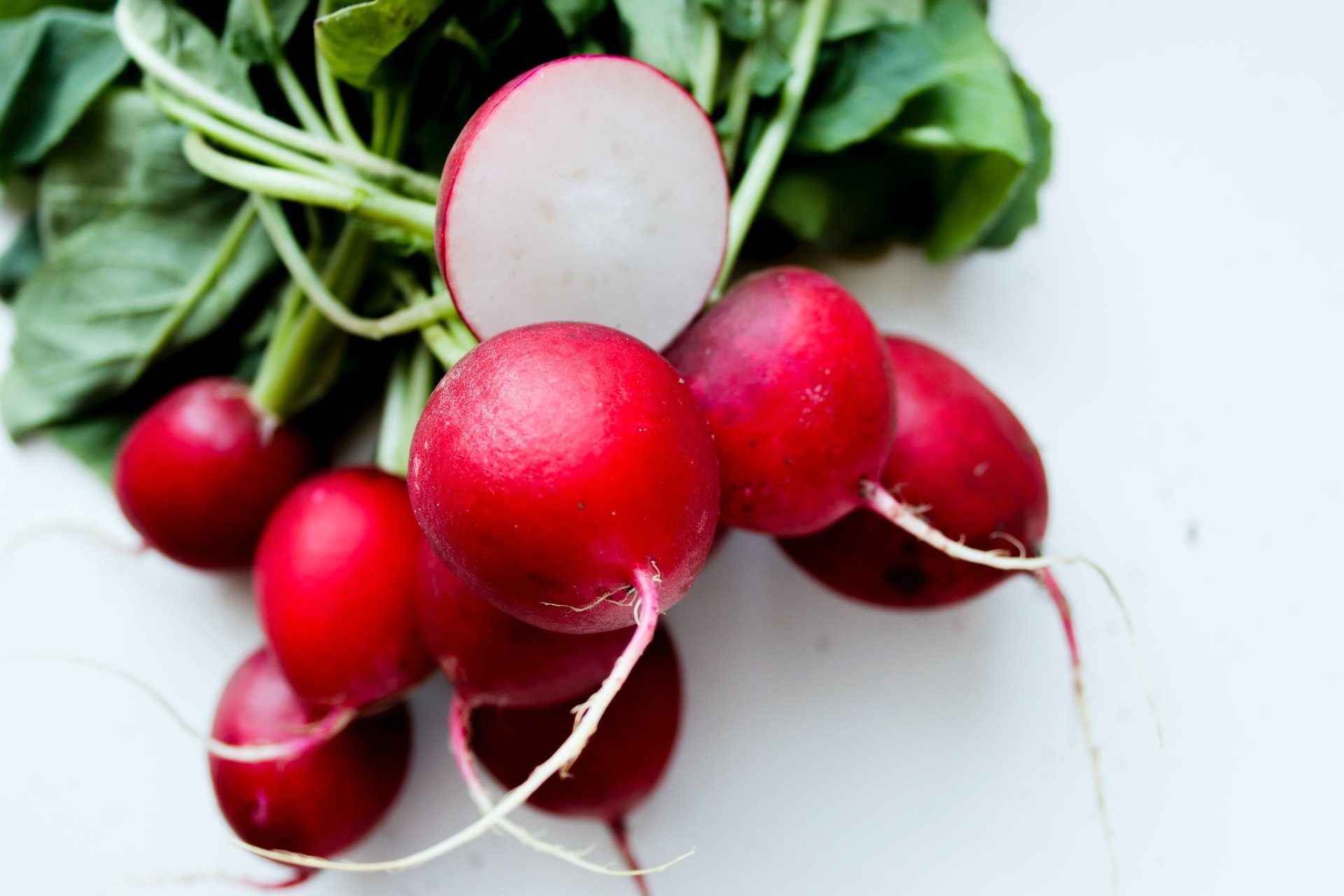Student Sheet 9 – Growing Radishes in Film Cans
Resource
Radishes provide a cheap and reliable way to carry out a number of investigations into plants, including nutrient requirements, effects of growing conditions, etc. This protocol outlines a simple method of growing radishes that can be used in the school lab.
Radish (Raphanus sativus) seeds are cheap and widely available. In a given packet, the seed will be genetically uniform. The plants are small and compact, so many can be grown in a small space, allowing comparisons to be easily made. Radishes grow well in film cans on capillary matting under a light-bank. After 2 – 3 weeks there is a recognisable crop, which can be measured in a variety of different ways. Differences between experimental and control groups are likely to be due to differences in growing conditions.
Several different varieties of radish are sold, so comparisons can be made between them.
Radish seedlings show epigeal germination. The photosynthetic cotyledons can be compared with the first true leaves. The radish hypocotyl is useful experimental material for tropisms.
Download the student sheet and teachers’ notes from the links on the right.